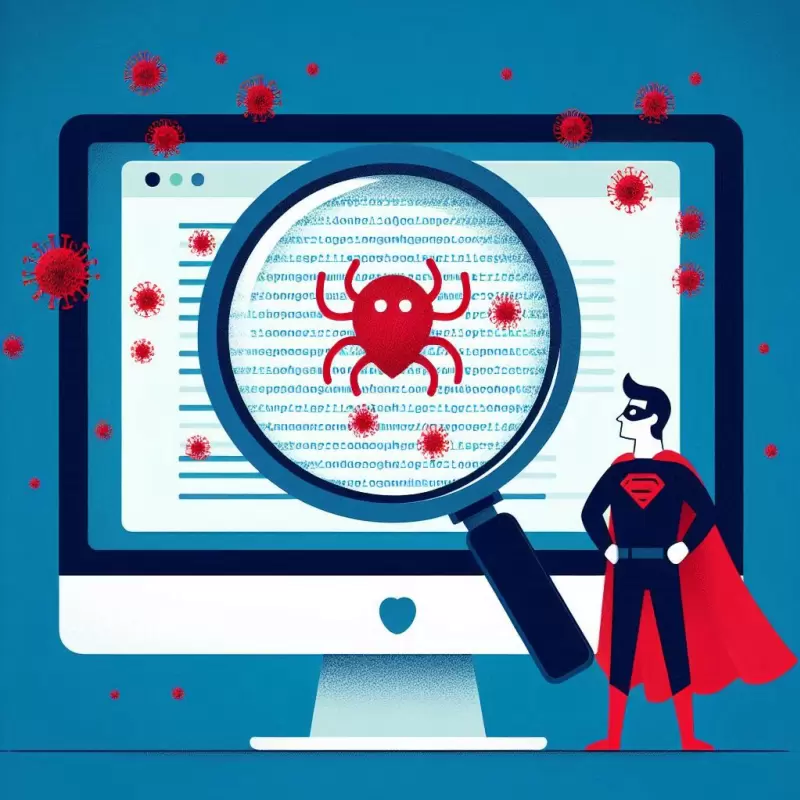How to Detect and Handle a Virus on Your Website

Detecting a virus on your website is crucial because it can damage both your data and that of your visitors, leading to significant security issues. In this article, we will discuss how to check if your website is infected with a virus and the basic steps website administrators can take to resolve the problem.
1. How to Check if Your Website is Infected
There are several ways to determine if your website has been compromised by a virus
1.1 Use Online Tools
Several online tools can help you scan your website for viruses or malware. For example
- Google Safe Browsing This tool checks if your website has been flagged by Google as potentially harmful.
- Sucuri SiteCheck A free service that scans for malware and other security issues.
- VirusTotal Scans your website URL for any abnormalities that may indicate the presence of a virus or malware.
1.2 Check Hosting Files
Review the files and folders on your server for any suspicious files, especially those that have been recently modified or have unfamiliar names. Viruses or malware often create unusual files or modify system files to compromise security.
1.3 Inspect Server Activity
Analyzing your server logs can help you identify any unusual access or activities on your website, such as attempts to access files that shouldn't be accessible externally.
2. Basic Steps to Resolve the Issue
Once you discover that your website is infected with a virus or malware, you can take the following initial steps to resolve the issue
2.1 Backup Your Website
Before making any changes or deleting files, back up your entire website, including files and databases. This prevents data loss or further damage during the resolution process.
2.2 Scan and Remove Viruses
Use antivirus or malware scanning tools designed for servers or hosting environments, such as Malwarebytes, ClamAV, or Imunify360, to scan and remove any viruses found. Additionally, scan the backup files with antivirus software to ensure that they are free of infections before restoring.
2.3 Delete or Repair Infected Files
If any files are compromised, delete or repair them to remove malicious code. For system files in CMS or frameworks like WordPress, Joomla, or Laravel, download the latest versions from developers to replace corrupted files. If you have clean backups, you can restore the original versions of the infected files.
2.4 Check Plugins and Extensions
If you are using a CMS like WordPress or Joomla, review the installed plugins or extensions for security vulnerabilities. Check for outdated plugins and update them to the latest versions, removing unnecessary or suspicious plugins.
2.5 Review Website Security Settings
Examine your server or hosting security settings, including SSL Certificates, File Permissions, and IP Access Restrictions, to ensure they are properly configured to prevent future attacks.
3. Preventing Future Virus and Malware Infections
3.1 Update Systems and Software
Regularly updating your CMS, frameworks, and plugins to the latest versions helps prevent attacks that exploit vulnerabilities in outdated software.
3.2 Use Two-Factor Authentication (2FA)
Implementing two-factor authentication (2FA) enhances the security of your website's login system, adding an extra layer of protection.
3.3 Install a Web Firewall
Utilize a Web Application Firewall (WAF) like Cloudflare or Sucuri Firewall to block unauthorized access and prevent attacks on your website.
3.4 Perform Regular Backups
Regularly backing up your website ensures that you can recover your site quickly in case it is compromised by a virus or malware.
Conclusion
Discovering a virus on your website can be alarming, but taking swift and effective action is essential. By conducting thorough inspections and implementing preventative measures, you can reduce the risk of future attacks and keep your website secure.
